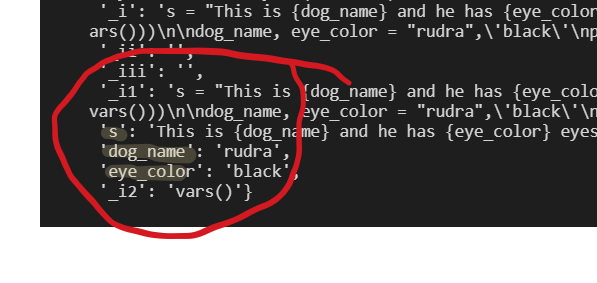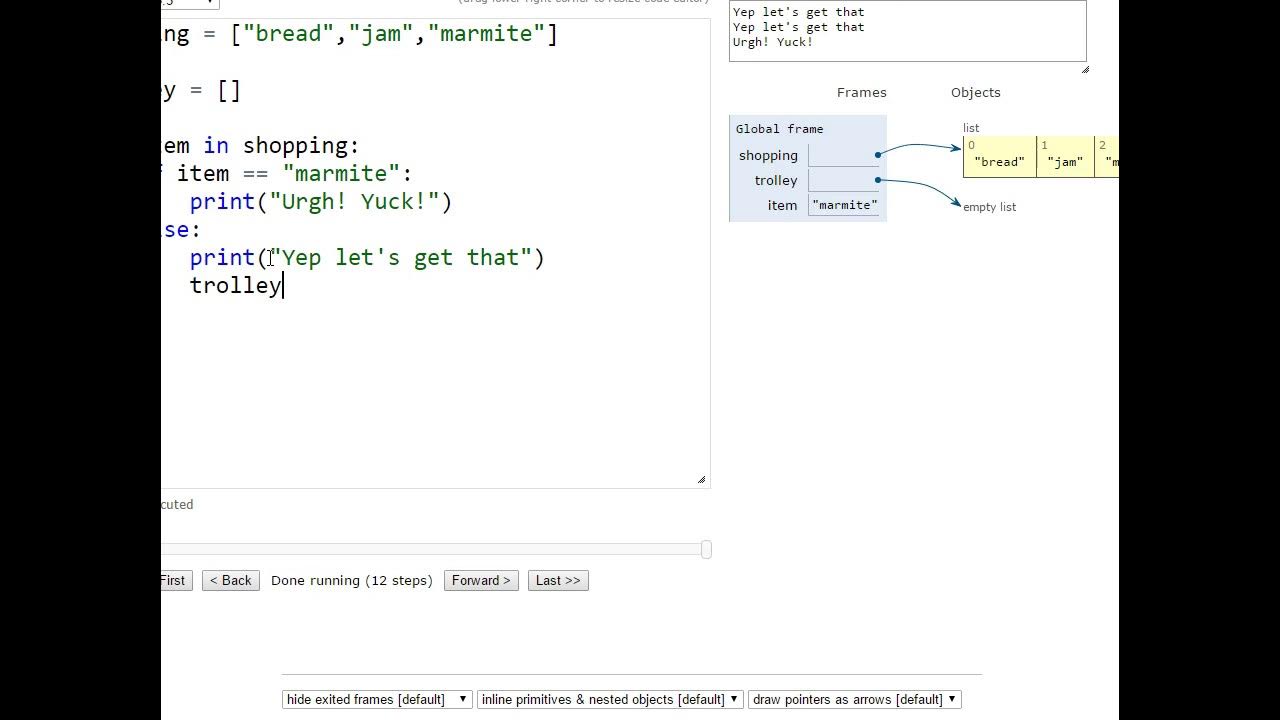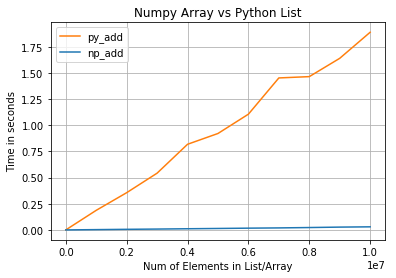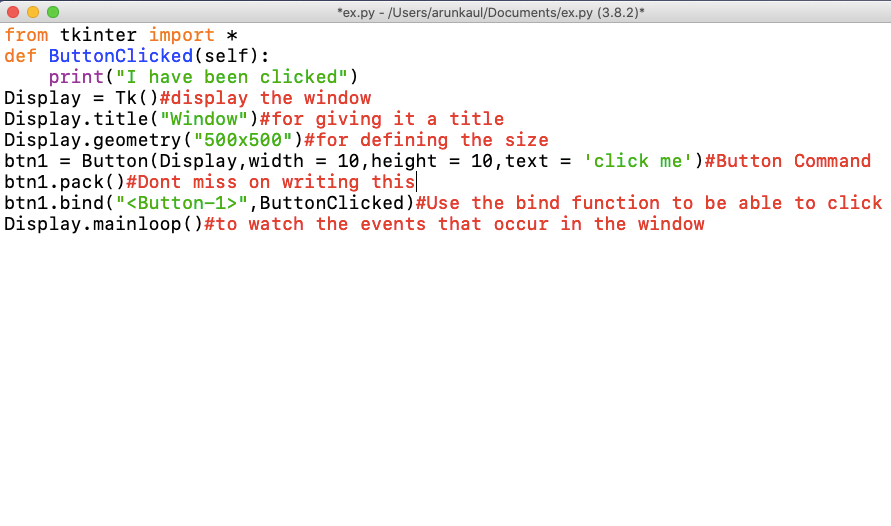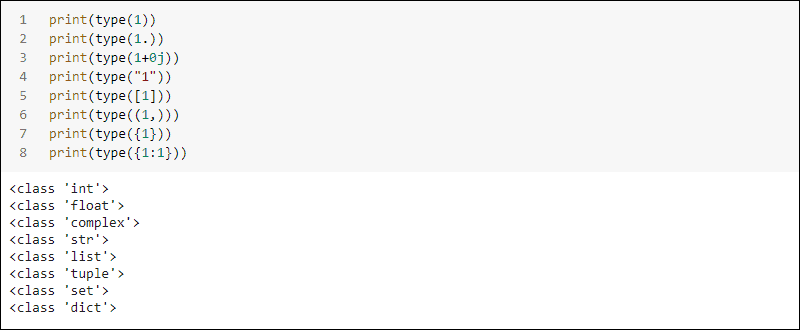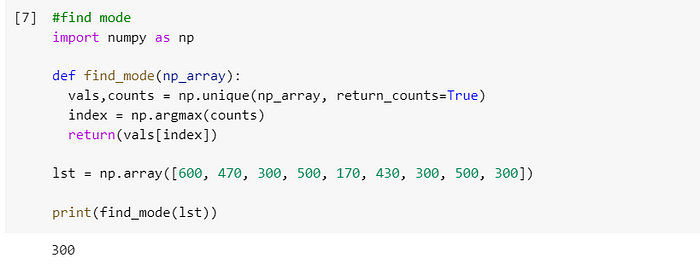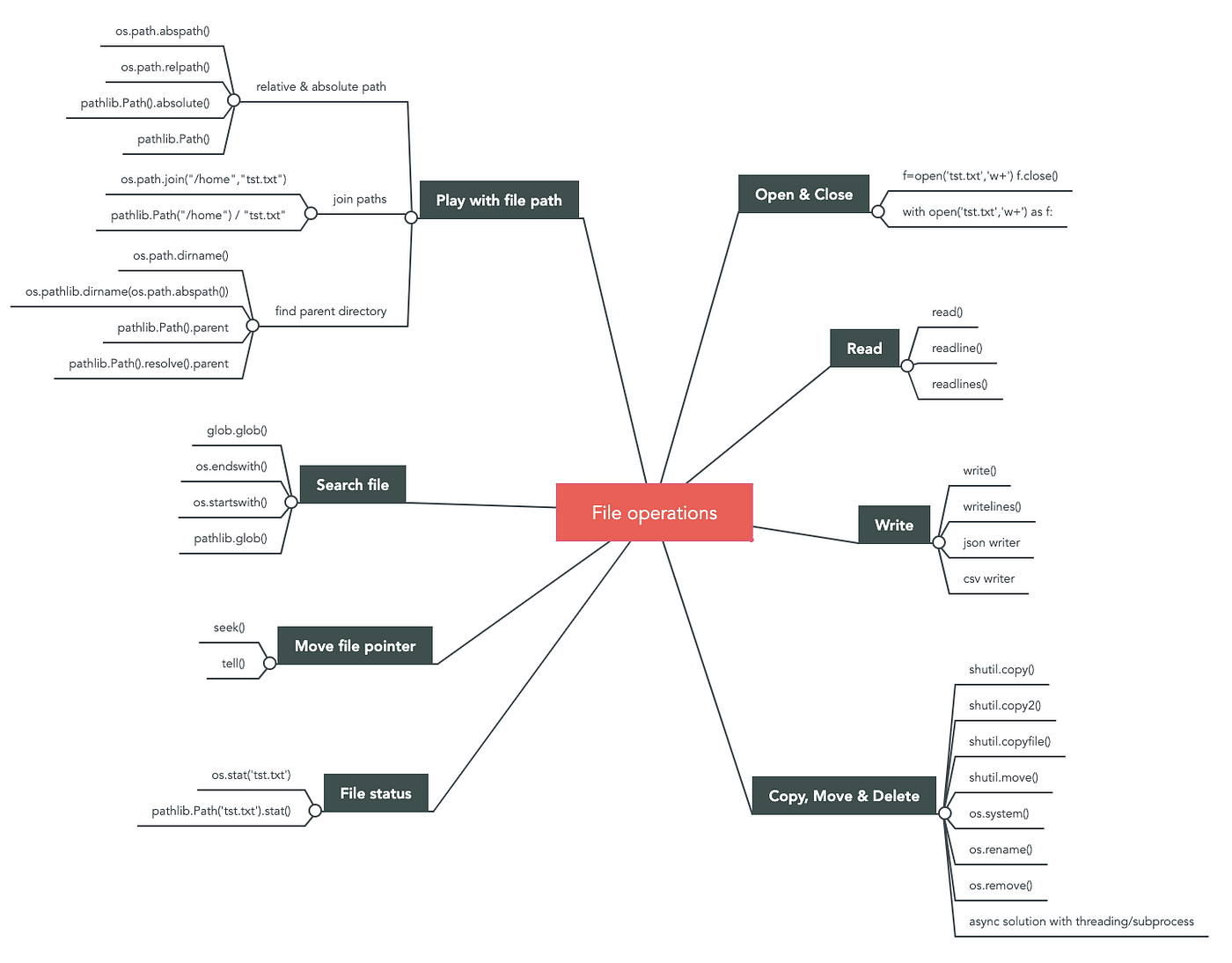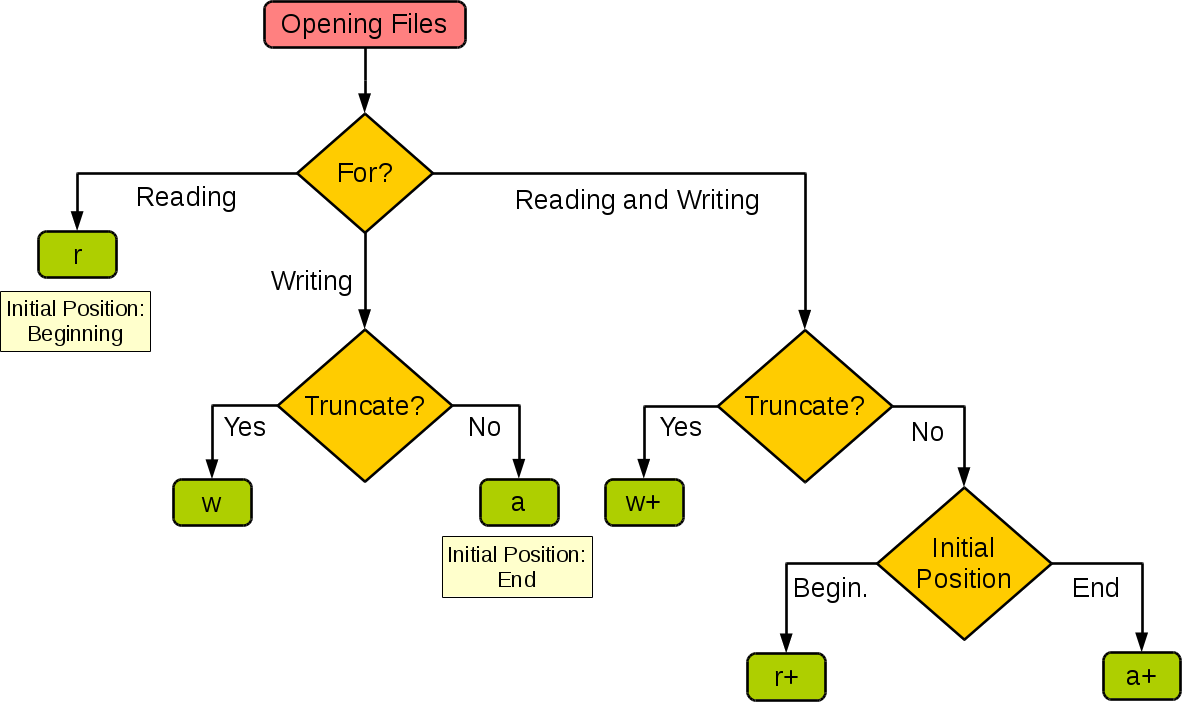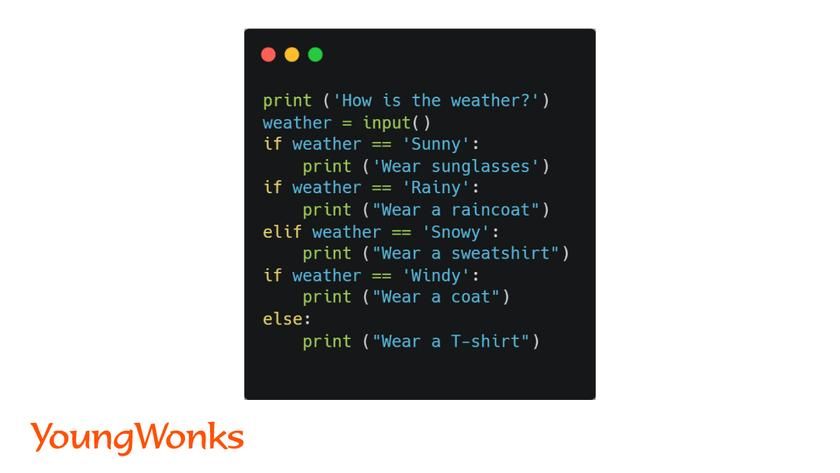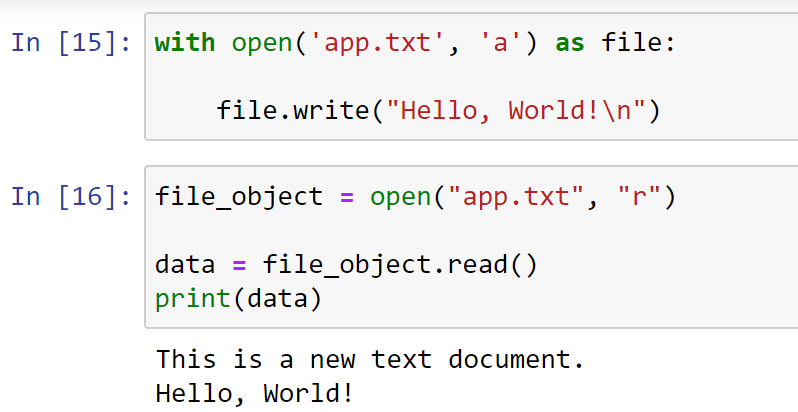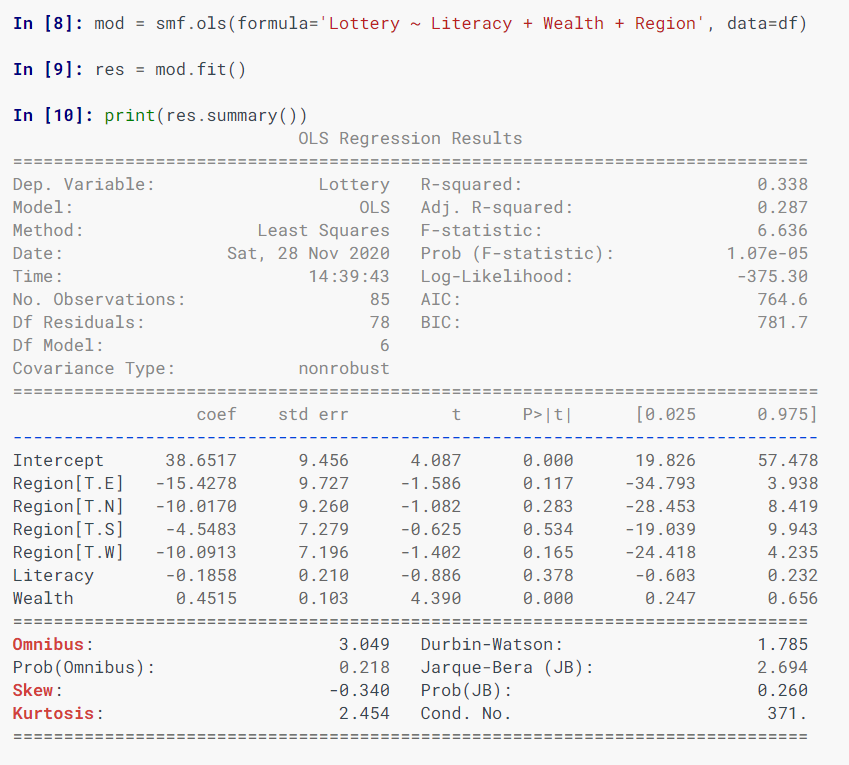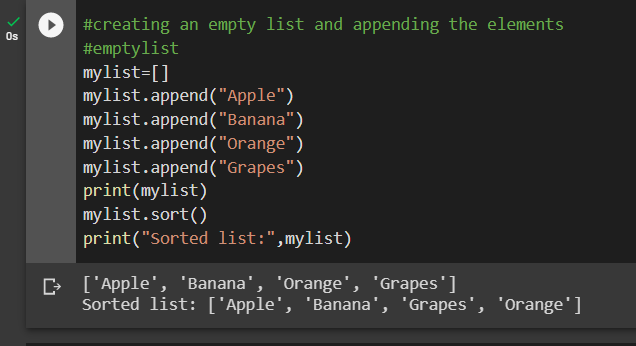python import file from another directory
python import file from another directory
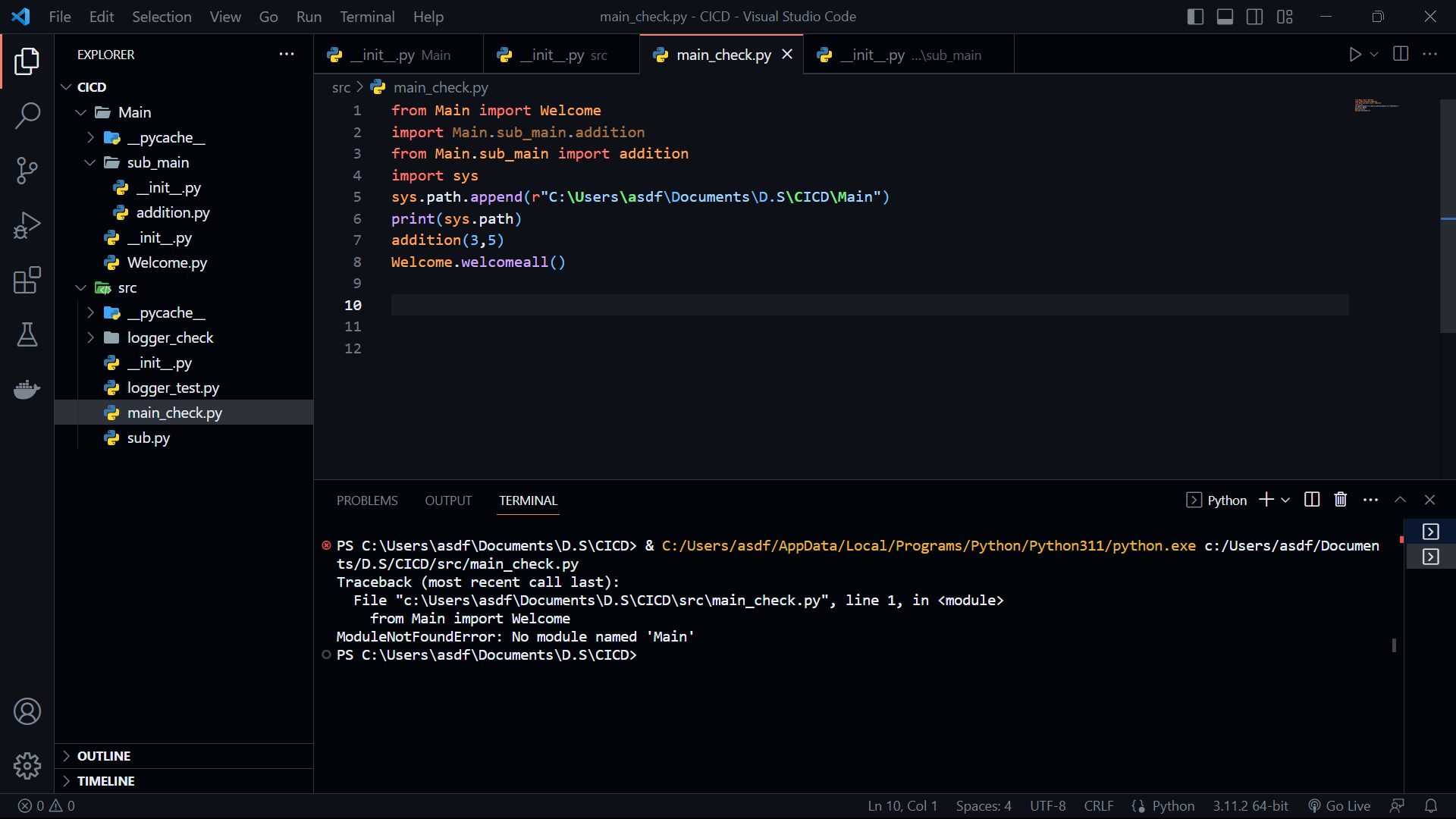
I'd be happy to explain how to import files from another directory in Python.
When you create a new Python project, you might have multiple directories or files that need to interact with each other. This is where importing files comes into play. Importing allows you to use functions, classes, and variables defined in one file (module) within another file (module).
Why would I want to import files from another directory?
There are several reasons why you might want to import files from another directory:
Organization: When working on large projects, it's helpful to organize your code into logical groups or directories. This makes it easier to find the specific part of the code you need. Reusability: If you have a piece of code that can be used in multiple parts of your project, importing it from another directory allows you to reuse that code without duplicating effort. Modularity: Breaking your code into smaller, independent modules (directories) makes it easier to test, debug, and maintain.How do I import files from another directory?
To import files from another directory in Python, you need to follow these steps:
Create a package structure: Set up a project with the following structure:my_project/
init.py
dir1/
file1.py
file2.py
dir2/
file3.py
file4.py
main.py
The __init__.py files are special files that tell Python to treat the directory as a package. You can leave them empty.
from dir1.file1 import function
This line tells Python to look in the dir1 package for a file called file1.py, then import the function variable defined inside it.
from my_project.dir2.file4 import variable
This line tells Python to look in the top-level package (my_project) for a directory called dir2, then find the file file4.py and import the variable variable.
What are some common mistakes when importing files from another directory?
Here are a few things to watch out for:
Case sensitivity: Python is case-sensitive, so make sure your imports match the case of the module names. Package structure: Make sure your package structure is correct and your__init__.py files are in place. Relative vs. absolute imports: Choose whether to use relative or absolute imports based on your project's needs.
Conclusion
Importing files from another directory in Python allows you to organize your code, reuse code across multiple parts of your project, and maintain modularity. By following the steps outlined above and being aware of common mistakes, you'll be able to successfully import files and take advantage of Python's package structure.
Python import file example
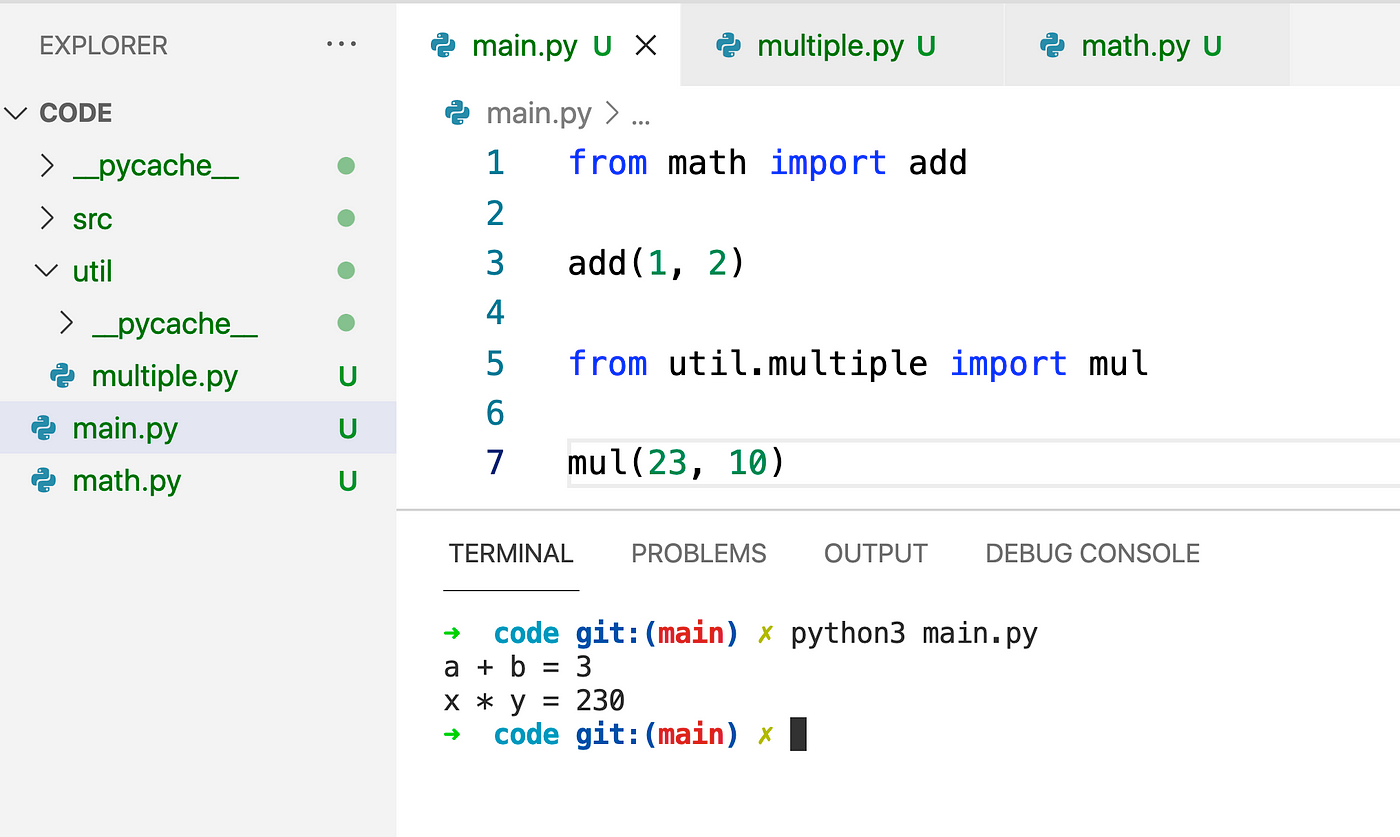
Here's a comprehensive explanation of how to use the import statement in Python, along with some examples.
The import statement is used to load the definitions and statements from another Python module. This allows you to reuse code that you have written earlier, or even code written by others, without having to copy and paste it into your current script. The syntax for importing modules is as follows:
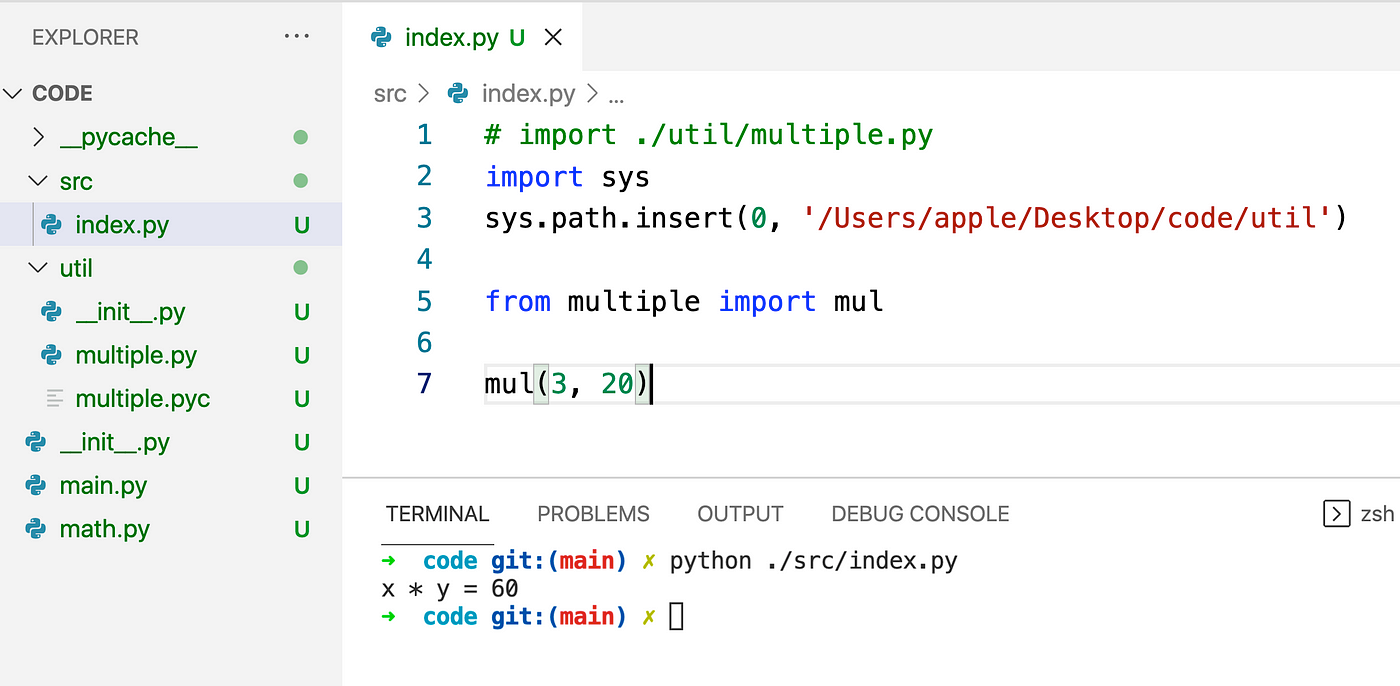
import module_name
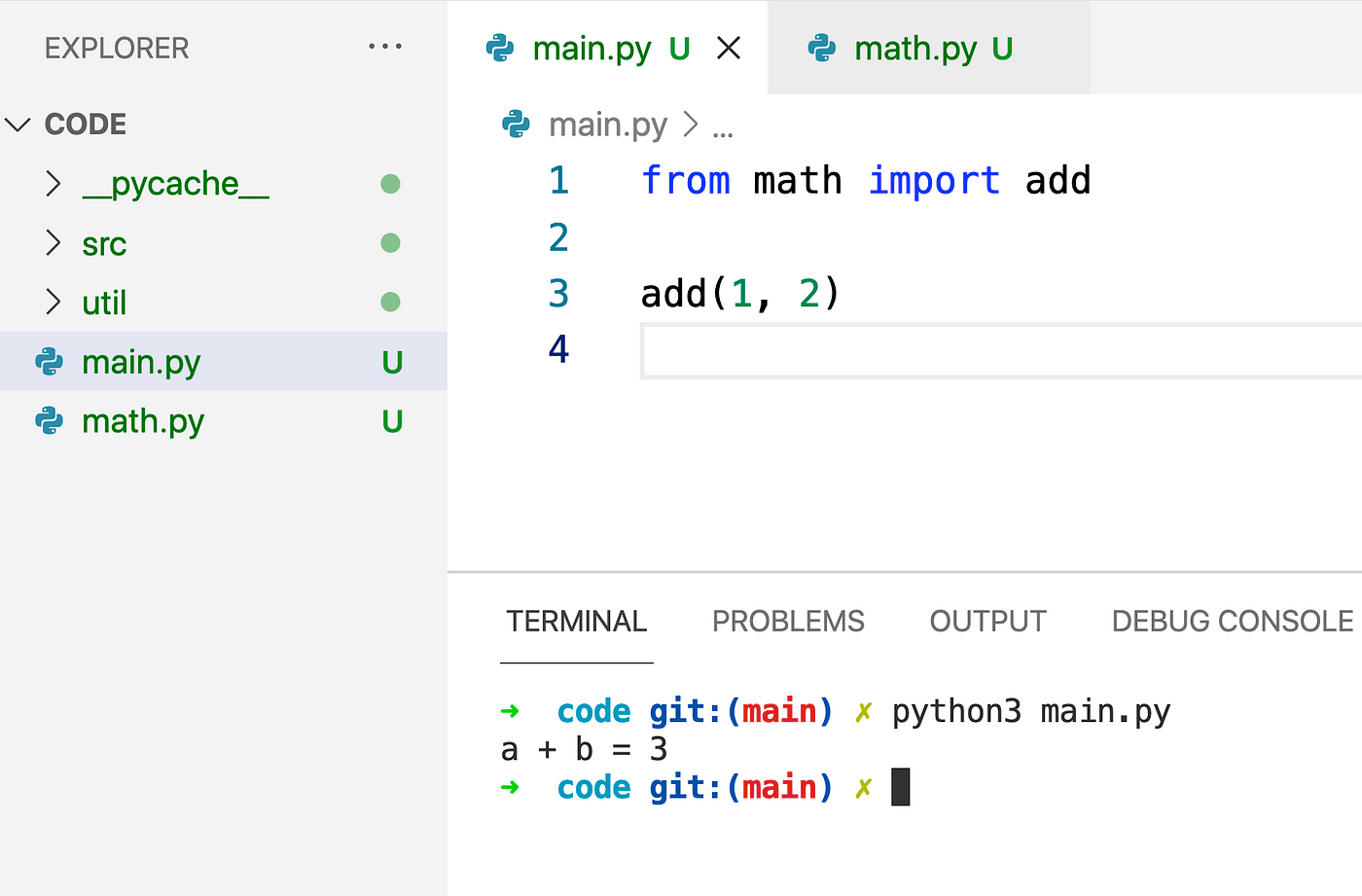
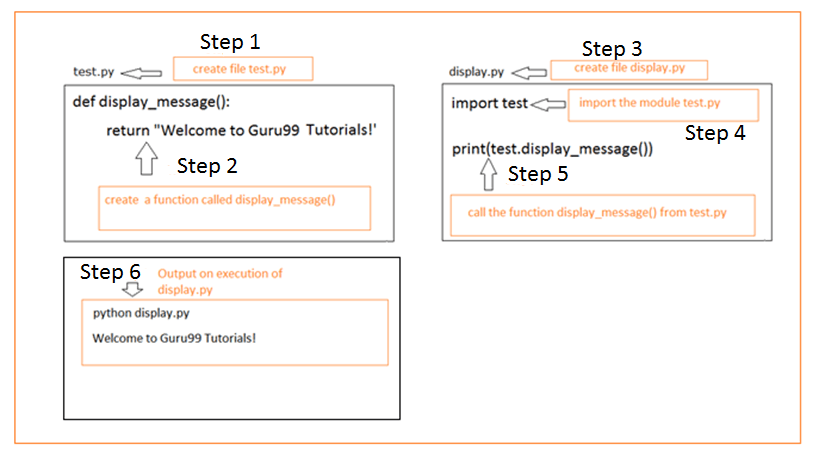
For example, let's say you have a file called maths.py with the following content:
def add(x, y):return x + y
def multiply(x, y):
return x * y
You can then import this module into your main script like so:
import maths
Now you can access the functions defined in maths.py using the following syntax:
print(maths.add(2, 3)) # Outputs: 5print(maths.multiply(4, 5)) # Outputs: 20
However, if there are duplicate names between your main script and the imported module, you will need to use the import statement with the as keyword. For example:
import maths as math_operations
Now you can access the functions using the following syntax:
print(math_operations.add(2, 3)) # Outputs: 5print(math_operations.multiply(4, 5)) # Outputs: 20
If you want to use a specific function from an imported module without having to prefix it with the module name, you can use the from keyword. For example:
from maths import addprint(add(2, 3)) # Outputs: 5
However, if you do this for multiple functions or modules, your code will start looking messy and hard to read. That's why it's generally a good idea to stick with the first method (importing the entire module).
Let's say maths.py has two more functions:
def subtract(x, y):return x - y
def divide(x, y):
if y == 0:
raise ZeroDivisionError("You can't divide by zero!")
return x / y
When you import maths.py, you will still be able to access all of these functions like so:
import mathsprint(maths.add(2, 3)) # Outputs: 5
print(maths.multiply(4, 5)) # Outputs: 20
print(maths.subtract(6, 3)) # Outputs: 3
print(maths.divide(8, 4)) # Outputs: 2.0
But remember, if there are duplicate names between your main script and the imported module, you will need to use the import statement with the as keyword.
This is how Python's import system works. It's a very powerful tool that lets you write code in a modular way, which makes it easier to maintain and share your code with others.
